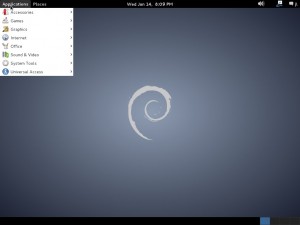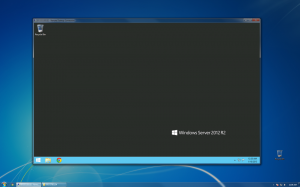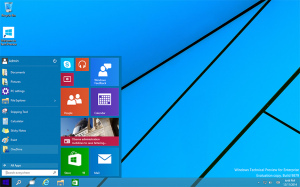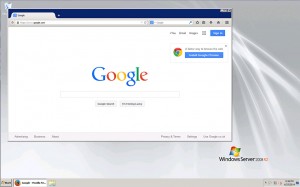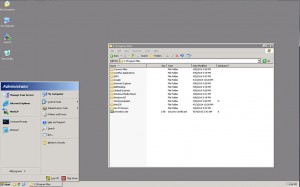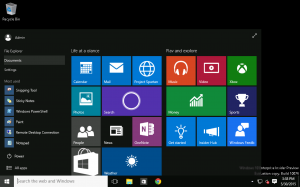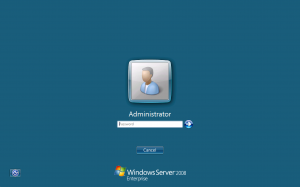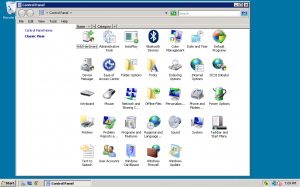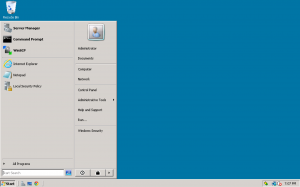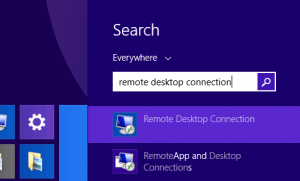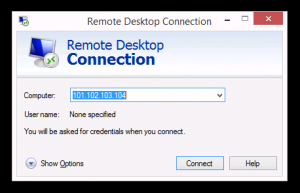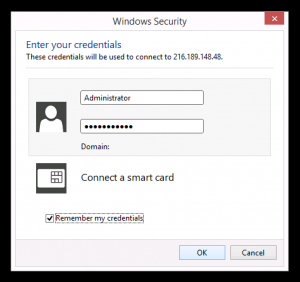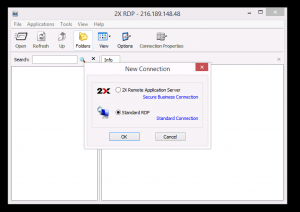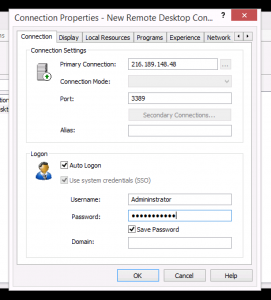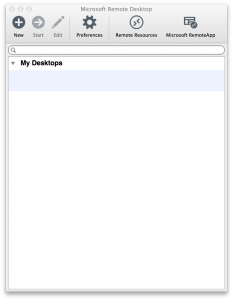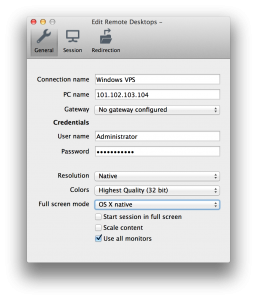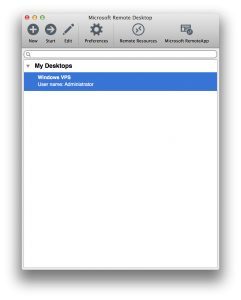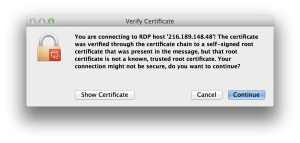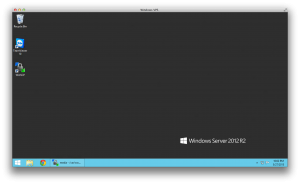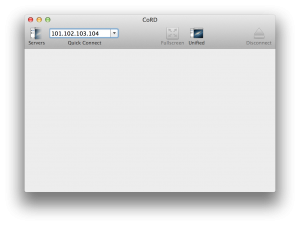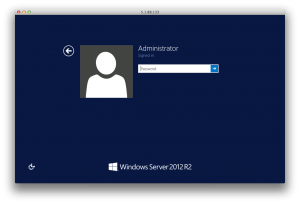Ubuntu 15.04 is now available for installation with all new and existing Linux VPS instances. Read on to learn more about the most important changes in Ubuntu 15.04.
—-
To setup a new Ubuntu VPS instance with 15.04 Vivid Vervet: Deploy a new Linux VPS
To reinstall a virtual server with Ubuntu 15.04 Vivid Vervet: Choose ‘Reinstall’ from the VPS Panel
—-
Some of the biggest differences between Ubuntu 15.04 and previous versions of Ubuntu include:
1) Switch from upstart to systemd init manager
Many people, including Linus Torvalds, hate systemd. Be that as it may, it’s become the default init system for almost all Linux distributions. Ubuntu’s developers weren’t going to make the shift as late as the first Vivid Vervet 15.04 beta.
Ubuntu’s developers decided that, even though they were a few days past the feature release freeze date, they would switch 15.04’s default to systemd. The change will affect “Ubuntu desktop/server/cloud and the flavors like Kubuntu, but *NOT* ubuntu-touch.” Ubuntu Touch, Canonical’s Ubuntu for smartphones and tablets, is sticking with upstart because, “Migration to systemd is blocked on touch (too old kernels, some unported jobs), and was not scheduled for vivid.”
2) Linux kernel upgrade
I’d love if Ubuntu 15.04 had been upgraded to the brand new Linux kernel 4.0 with its no reboot patching, but it came out too late. Instead, the new Ubuntu will be using the Linux 3.19.3 kernel. This kernel features improved graphics and file system support.
3) Local menus are now the default
One change you will notice is that all applications now use local menus rather than the global menu for the application with the focus. If you really like global menu, you can still switch to it.
Another visual difference is that instead of a variation of Ubuntu orange for the background, the desktop now uses a purplish color.
4) Still using Unity 7 for the desktop
You’ll see it but you won’t notice that Ubuntu is using the last iteration of Unity 7 for its desktop. Canonical, Ubuntu’s parent company, has been working on the more touch-friendly Unity 8 desktop using the Mir display technology for years and it’s still not ready.
5) Updated applications
As usual, Ubuntu comes with all its major applications refreshed to their newest versions. These include Firefox 37.0 for the web browser and LibreOffice 4.2.2.2 for the office suite.
Taken as a whole, easily the biggest change in this latest Ubuntu update is the switch to systemd. All together this is a good, solid upgrade with many improvements.
[Source: ZDNet]

